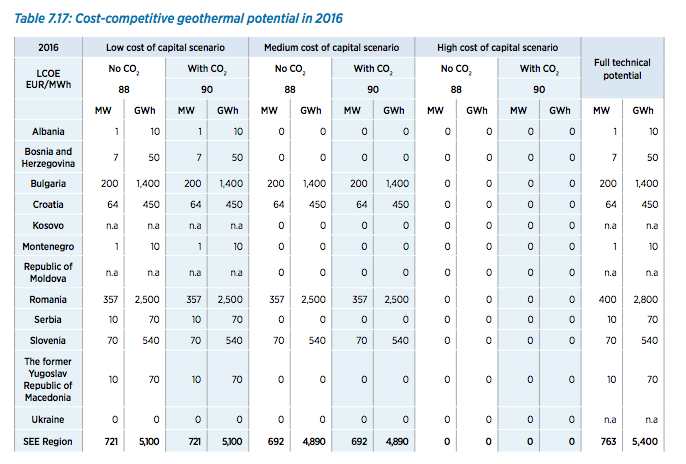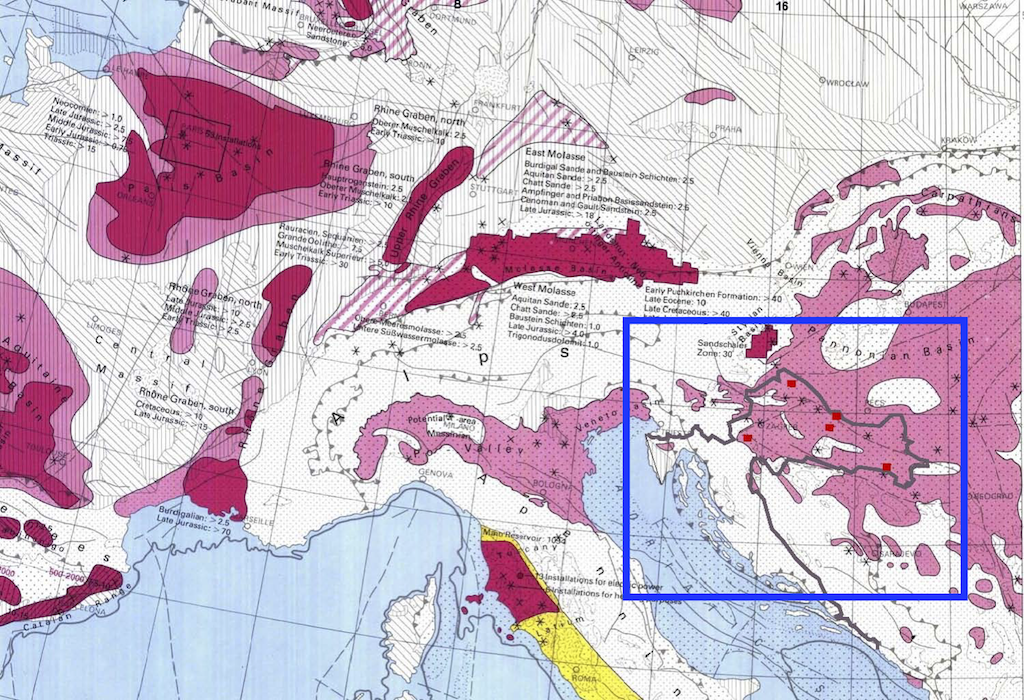IRENA sees main geothermal power potential in South East Europe in Romania, Bulgaria, Slovenia and Crotia
Looking at the full technical potential for geothermal power generation development in the countries of South East Europe, IRENA sees Romania, Bulgaria, Slovenia and Croatia as the only realistic development targets.
In a report published in conjunction with the IRENA General Assembly earlier this month, IRENA published a report that looked at the potential for cost competitive renewable power generation in South East Europe.
In the report, geothermal energy is covered as well. “The geothermal energy potential of the region is primarily characterised by a relatively low-enthalpy resource base, which is more appropriate for non-power applications.
Binary plants that allow cooler geothermal reservoirs to be used for electricity generation are the only feasible option, which offer a potential of up to 690 megawatts (MW) at an average LCOE of EUR 86/MWh (EUR 0.086/ kWh) in the medium cost of capital scenario. This renewable could be deployed mainly in Romania and, to a lesser extent, in Bulgaria, Croatia and Slovenia. In the rest of SEE, the geothermal electricity potential is often marginal and uncertain.
For now the planned geothermal power development lies at 20 MW by 2020.
Looking at the different scenarios analysed by IRENA, Romania, Bulgaria, Slovenia and Croatia are seen as the only countries with some relevant geothermal development potential.

Source: IRENA “Cost Competitive Renewable Power Generation – Potential across South East Europe” 2017 (pdf)


















